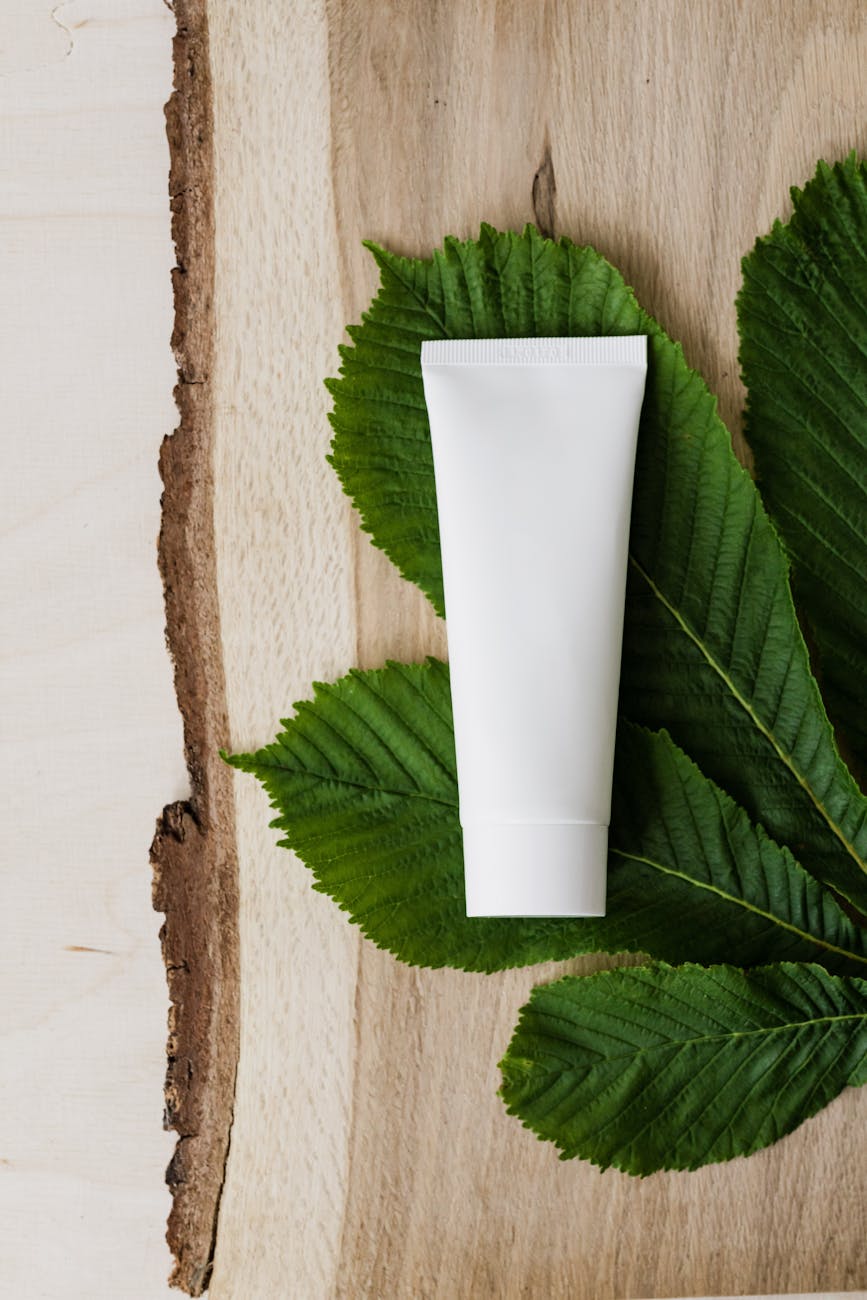Glycolic Acid is alpha hydroxy acid that’s derived from sugarcane and it can help those with frequent breakouts and a number of other skincare concerns. However, there’s a lot to consider about glycolic acid, including how much to use and if it’s right for your skin.
Although, it’s not 100% clear how AHAs exfoliate the skin, we do know that the function of mechanism is likely down to two pathways; increasing cell turnover at the epidermis and unsticking stratum corneum cells. This breakage of bonds between the outer layer of skin cells, including dead skin cells, and the next skin cell layer can create a peeling effect that can make the skin appear smoother and more even.
The benefit of glycolic acid for those with acne is based around it’s molecule size. It’s the smallest AHA and so it gets through the skin more easily than other AHAs. This means it will be able to remove more dead skin cells and excess oil, resulting in fewer breakouts. Also, glycolic acid can affect the outer skin barrier, helping it retain moisture instead of drying your skin out. This is an advantage for acne-prone people because many other topical anti-acne agents, like salicylic acid and benzoyl peroxide, are drying.
Side Effects
Glycolic acid’s small molecular size also means that it’s the most likely AHA to cause side effects, particularly for people prone to post-inflammatory hyperpigmentation or PIH (generally, people with darker skin).
This is because the exposure of acid to the skin is greater, the amount of particles in the same amount of liquid is higher than in something like lactic acid. The particles can also penetrate the skin more deeply. Hence, if you have highly reactive/irritable skin already you will probably react quite strongly to glycolic acid and it would be better to opt for a more gentle acids like lactic or mandelic.
Most people can use glycolic acid effectively, but sometimes the acid can irritate darker skin tones and cause post-inflammatory hyperpigmentation or dark spots. Using lower concentrations and refraining from using too many glycolic acid-containing products can often reduce this risk.
How to use
Most acids come in a variety of products, from serums to toners. It is always essential to read the product’s own instructions however the general way to apply hydroxy acids is to smooth 5-10 drops of the acid to cleansed, bare skin. After a few minutes continue with your routine (this ‘soak in time prevents the acid from changing the pH of other products). If you find that your skin gets too irritated, you can apply your next product immediately afterwards (or use less, or use a weaker product). Start with a once-a-week application, then build up as your skin gets used to it. Make sure you use a good sunscreen with UVA and UVB protection while using AHA products, as they can increase your skin’s sensitivity to the sun.
Product recommendations
The Ordinary Glycolic Acid Toner




Leave a Reply